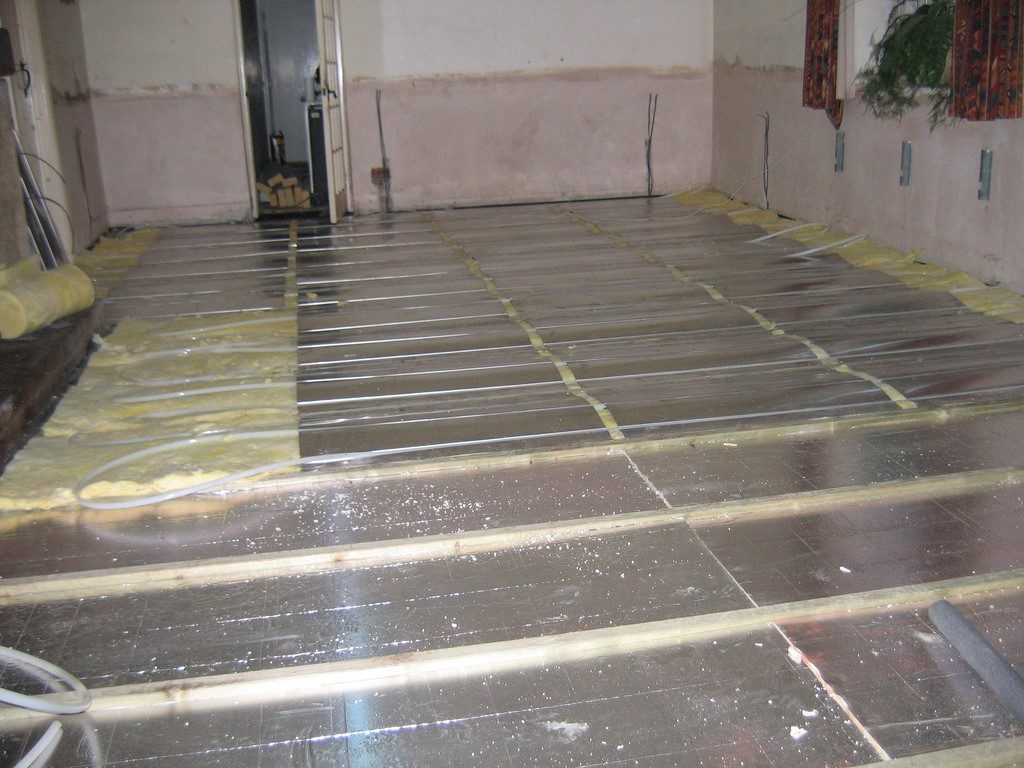
This and other questions regarding underfloor heating answered!
If you are thinking of installing underfloor heating, you will have many questions. Finding the answers can prove difficult thus, we have put together answers for some of the most pressing queries you may have…
How much does underfloor heating raise the floor level and is this a disruptive process?
You may have read or been told that underfloor heating will raise the floor level by several inches and that in some homes, the process of fitting underfloor heating is a bit too much trouble.
Fitting a system in an existing property is known as retrofit and can, in some cases, present some issues which a qualified and expert installation team will be able to successfully navigate. Electric underfloor heating systems are a system of heated mats, laid under the top layer of floor. Although simpler to fit, this is a more expensive system to run.
For those people looking wet underfloor heating, the floor level will be raised by a few inches. This is due to:
- The floor being properly prepared and insulated
- Space to accommodate the piping
- Screed applied to protect the pipes when the system is in use
Clearly, is a new build, installing a wet system is easier as the floor height can be easily adjusted. However, in an existing home, there may be a need to shave a bit of the bottom of your interior doors or, opt for a low profile wet underfloor heating system.
So, how much does underfloor heating raise the floor level? Possibly a few inches but nothing that cannot be accommodated.
Can underfloor heating be fitted on upper levels of my home?
Some people do opt to have underfloor heating in upstairs room and it can work very well. There may be a few other considerations to take into account – it can make the installation process a little more complex, for example.
Many people opt for underfloor heating on the ground floor, with other types of systems upstairs but, the decision is yours entirely.
Is underfloor heating OK to be used in bathrooms?
We came across an article recently that said underfloor heating was not a good idea in a bathroom as the bath would block most of the heat. This may be true but we find that the versatility and flexibility of an underfloor system is that it can be fitted to parts of the room where the floor is ‘on display’. In other words, the piping is used in areas where the bath will not sit, but is in areas where you will walk.
Will this system save me money?
Everyone wants to save money on the mundane things in life, like heating, tax, fuel and so on. Underfloor heating is known to be an efficient form of heating in a home, especially if the home is well-insulated.
I have read the system needs to be on continuously. This seems a waste if we are out all day. Is this true?
The underfloor heating kits were designed with a continuous flow of heat in mind. You can decrease the temperature when you are out, increasing it when you are home. Although it may seem wasteful, don’t forget this is a soft, background heat that will mean you don’t return to a chilly home.
Is an underfloor heating system responsive?
Over the years, we have become accustomed to flicking a switch on the boiler and within minutes, heat is blasting out of the radiators. We are also used to roaring fires and other sources of heat with a high output.
Underfloor heating is not the same kind of heat. It is far more gentle, is radiated across the entire room from the floor, eliminating hot and cold spots and so on.
Can a wet underfloor heating system be retrofitted to my property?
The great thing about underfloor heating is that it is a system that can be fitted to most properties without too much of an issue. Any kind of work in your property will come with a certain level of disruption but, once complete, you will realise how great the system is.
Which is best – electric or wet underfloor systems?
There are pros and cons to both and there is no one size that fits all. Wet underfloor systems are more expensive to install but running costs are far lower and electric or dry systems are the opposite – cheap to install, but more expensive to run. Which one suits you will be down to budget and personal preference.
